Timeless: Forces of Nature And Ingenuity
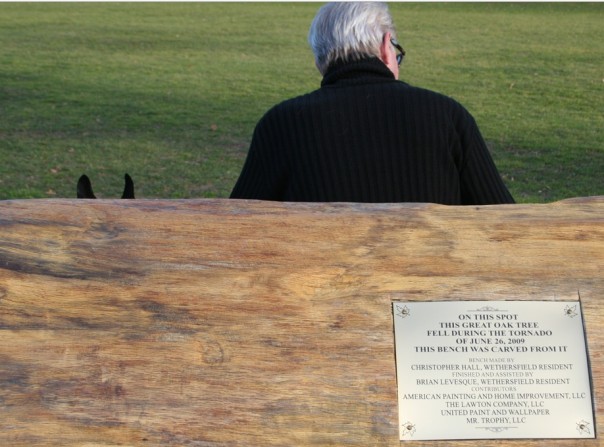 Don't ever underestimate the power of nature.
Don't ever underestimate the power of nature.
A once mighty oak felled by a tornado that touched down in Connecticut has been transformed by human ingenuity to a massive canoe-like bench placed on the green in Wethersfield – about where it once stood for more than a century. (See photo below for the same area in 2009 – that's the oak the day after it was toppled.) 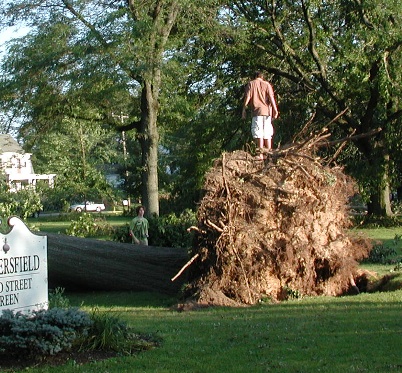
The forces of nature – weather, wind, time, and sun shape life on our planet. Some 35,000 years ago a prehistoric record was created by humans driven to paint on the walls of a cave that now holds their renderings of galloping horses, reindeer, lions, bears, rhinos, and other species. 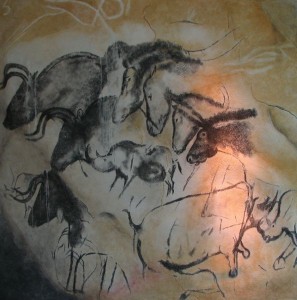 The “Cave of Forgotten Dreams” is a film that visitors inside the famous Chauvet Cave in France – and “Paleolithic Paintings: Art and Science Inside Chauvet Cave” by Zach Zorich, senior editor at Archaeology Magazine will detail talks with the filmmaker and other research Saturday, Jan. 28, 2 p.m.
The “Cave of Forgotten Dreams” is a film that visitors inside the famous Chauvet Cave in France – and “Paleolithic Paintings: Art and Science Inside Chauvet Cave” by Zach Zorich, senior editor at Archaeology Magazine will detail talks with the filmmaker and other research Saturday, Jan. 28, 2 p.m.
Sponsored by the Friends of the Office of State Archaeology (FOSA), the Connecticut State Museum of Natural History and Connecticut Archaeology Center at UConn, and the Archaeology Society of Connecticut (ASC), the event is open to the public; admission is $10. Held at Smith Middle School auditorium, 216 Addison Rd., Glastonbury.
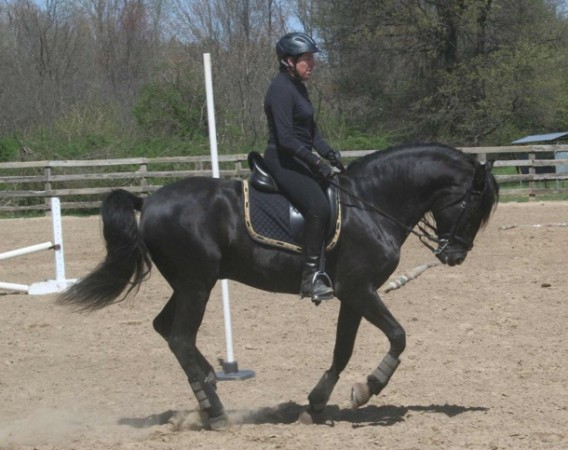 A passion for horses – the teamwork bond that forms between human and equine – is as old as time. While cold and storms may drive some indoors, hardy souls suit up and saddle up for spirited rides all year round.
A passion for horses – the teamwork bond that forms between human and equine – is as old as time. While cold and storms may drive some indoors, hardy souls suit up and saddle up for spirited rides all year round.
For a horse fix of your own, mark the calendar for the UConn Connecticut Horse Symposium with T.R. Potts, Jessica Chickering; Kristen Kuzmickas-Guadagnino and Dr. Michael Stewart presentation of “Biomechanics of Performance Horses” on March 17 and March 18. Cost to attend, $20; ride for $60; barefoot trim on your horse, $75. Pre-registration is required to ride or for horse trim. Details at www.animalscience.uconn.edu.
Weather is why wintering eagles can be seen in Connecticut during January and February. The birds of prey fly south to fish the open water when the land and waters in Maine and Canada are frozen.
The Wildlife Division participates in a midwinter eagle survey in January for the United States Geological Survey; volunteers are always welcome to help in this effort.
“If harsh weather in Connecticut causes any open water to freeze over as well, the eagles continue to migrate farther south. Up to 100 eagles winter in Connecticut, from December to early March, along major rivers and at large reservoirs,” according to the Connecticut Department of Energy and Environmental Protection.
While snow, ice and winds blast and scour the land, another facet of nature is being harnessed by human engineering and technology at a place where migrating harbor seals spend part of their winter.
A new photovoltaic solar panel at Hammonasset Beach State Park Meigs Nature Center, part of $250,000 approved in funding towards a green initiative, which also includes the installation of compostable toilets, low wattage lamps and ballasts through 23 buildings in the park, motion sensors in four campground buildings, and new induction lighting on the exterior of buildings.
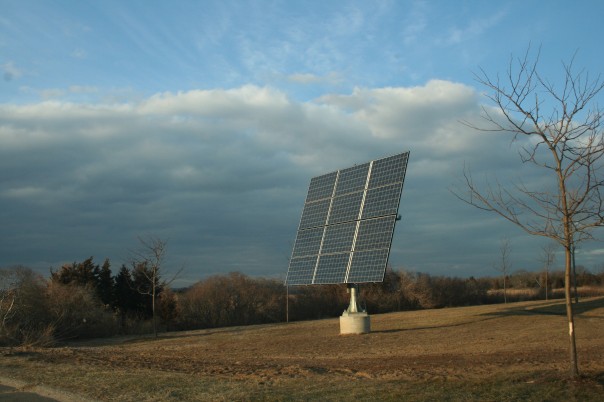 Panels on four park buildings supply hot water to the facility. Two arrays supply power back to the park grid.
Panels on four park buildings supply hot water to the facility. Two arrays supply power back to the park grid.
Park attendance last year broke 2 million, with 50,000 visitors to the nature center alone.
Popular program offerings include the upcoming search for seals on Jan. 21, 1 p.m. Harbor seals migrate south from Maine to Long Island Sound. Hammonasset is one location where they may be viewed on sandbars, rocks, and jetties. Meet at the nature center; dress warmly and bring along binoculars for a winter walk.

